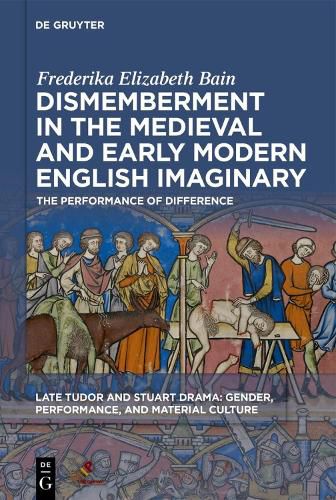Readings Newsletter
Become a Readings Member to make your shopping experience even easier.
Sign in or sign up for free!
You’re not far away from qualifying for FREE standard shipping within Australia
You’ve qualified for FREE standard shipping within Australia
The cart is loading…






The medieval and early modern English imaginary encompasses a broad range of negative and positive dismemberments, from the castration anxieties of Turk plays to the elite practices of distributive burial. This study argues that representations and instances of bodily fragmentation illustrated and performed acts of exclusion and inclusion, detaching not only limbs from bodies but individuals from identity groups. Within this context it examines questions of legitimate and illegitimate violence, showing that such distinctions largely rested upon particular acts' assumed symbolic meanings. Specific chapters address ways dismemberments manifested gender, human versus animal nature, religious and ethnic identity, and social rank. The book concludes by examining the afterlives of body parts, including relics and specimens exhibited for entertainment and education, contextualized by discussion of the resurrection body and its promise of bodily reintegration. Grounded in dramatic works, the study also incorporates a variety of genres from midwifery manuals to broadside ballads.
$9.00 standard shipping within Australia
FREE standard shipping within Australia for orders over $100.00
Express & International shipping calculated at checkout
The medieval and early modern English imaginary encompasses a broad range of negative and positive dismemberments, from the castration anxieties of Turk plays to the elite practices of distributive burial. This study argues that representations and instances of bodily fragmentation illustrated and performed acts of exclusion and inclusion, detaching not only limbs from bodies but individuals from identity groups. Within this context it examines questions of legitimate and illegitimate violence, showing that such distinctions largely rested upon particular acts' assumed symbolic meanings. Specific chapters address ways dismemberments manifested gender, human versus animal nature, religious and ethnic identity, and social rank. The book concludes by examining the afterlives of body parts, including relics and specimens exhibited for entertainment and education, contextualized by discussion of the resurrection body and its promise of bodily reintegration. Grounded in dramatic works, the study also incorporates a variety of genres from midwifery manuals to broadside ballads.